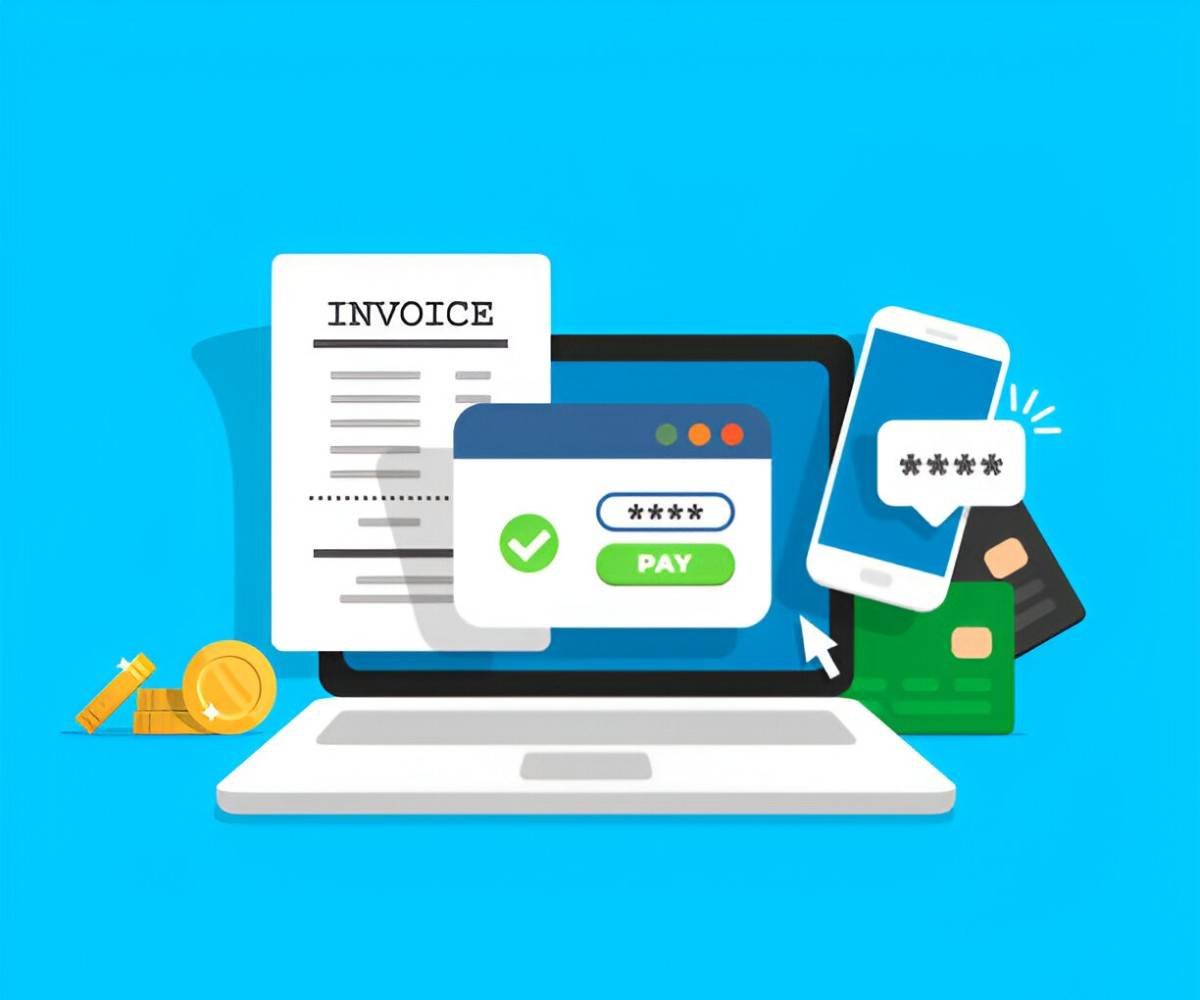As someone who has worked in finance for years, I know how confusing banking instruments can be for beginners. One of the most fundamental yet misunderstood payment methods is the order cheque. If you’ve ever written or received a cheque, you’ve likely encountered this term. But what exactly does it mean? How does it differ from other types of cheques? And why does it matter in everyday banking?
Table of Contents
What Is an Order Cheque?
An order cheque is a type of cheque payable only to a specific person or entity whose name appears on the “Pay to the Order of” line. Unlike a bearer cheque, which can be cashed by anyone holding it, an order cheque requires proper endorsement (signature) from the payee before it can be deposited or transferred.
Key Features of an Order Cheque
- Named Payee – The cheque explicitly states the recipient’s name.
- Non-Transferable Without Endorsement – Only the named payee (or someone they authorize via endorsement) can cash it.
- Safer Than Bearer Cheques – Reduces the risk of fraud since it can’t be cashed by an unauthorized person.
Here’s a simple comparison:
| Feature | Order Cheque | Bearer Cheque |
|---|---|---|
| Payable to | Specific named payee | Anyone who holds it |
| Endorsement | Required | Not required |
| Security | Higher | Lower |
| Common Use | Business payments | Informal transactions |
How Does an Order Cheque Work?
When you write an order cheque, you’re instructing your bank to pay a specific person or organization. Let’s say I write a cheque to “John Smith.” Only John (or someone he endorses the cheque to) can deposit or cash it.
Step-by-Step Process
- Issuance – I fill out the cheque, writing “Pay to the Order of John Smith.”
- Delivery – I give the cheque to John.
- Endorsement – John signs the back to deposit or transfer it.
- Clearing – The bank verifies and processes the payment.
If John wants to transfer the cheque to someone else (say, “Alice Brown”), he must endorse it by writing “Pay to Alice Brown” and signing it. This is called a special endorsement.
Legal Implications of Order Cheques
Under the Uniform Commercial Code (UCC) in the U.S., order cheques have strict rules:
- They must contain the words “Pay to the Order of” or similar phrasing.
- The payee must endorse it for further negotiation.
- Banks are liable if they cash an order cheque without proper endorsement.
This legal framework protects both issuers and recipients from fraud.
Mathematical Representation of Cheque Transactions
If you’re dealing with multiple cheques in accounting, you might need to track balances. Suppose I issue three order cheques:
- Cheque #101: \$500
- Cheque #102: \$1,200
- Cheque #103: \$750
The total amount deducted from my account once all cheques clear would be:
\text{Total Deduction} = 500 + 1,200 + 750 = \$2,450If my initial balance was \$5,000, the remaining balance would be:
\text{Remaining Balance} = 5,000 - 2,450 = \$2,550Why Use an Order Cheque Instead of a Bearer Cheque?
- Security – If lost, an order cheque can’t be cashed by a stranger.
- Audit Trail – Banks record the payee’s name, making transactions traceable.
- Legal Protection – Easier to dispute fraudulent transactions.
Common Mistakes to Avoid
- Misspelling the Payee’s Name – Banks may reject cheques with incorrect names.
- Forgetting to Endorse – The payee must sign the back before depositing.
- Post-Dating Issues – An order cheque can still be deposited before the written date, though some banks may refuse.
Real-World Example
Imagine I run a small business and pay a vendor, “Tech Supplies Inc.,” via order cheque. If the cheque gets lost, only Tech Supplies Inc. (or their authorized representative) can cash it. This reduces the risk of theft compared to a bearer cheque, which could be cashed by anyone.
Conclusion
Understanding order cheques is crucial for secure financial transactions. They offer better protection than bearer cheques and ensure payments reach the intended recipient. Whether you’re writing your first cheque or managing business finances, knowing how order cheques work helps prevent errors and fraud.





